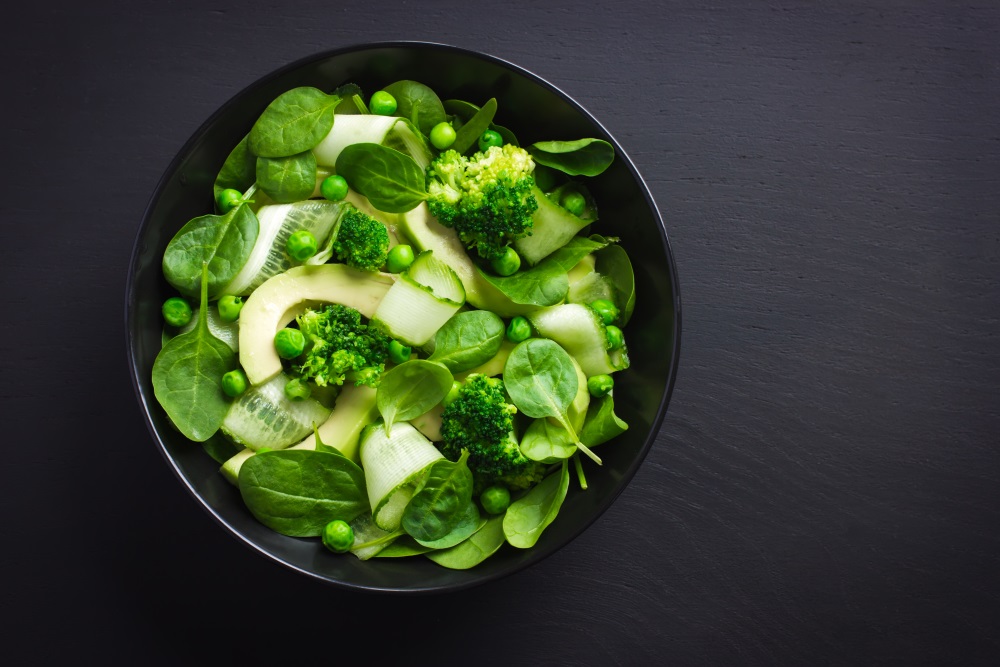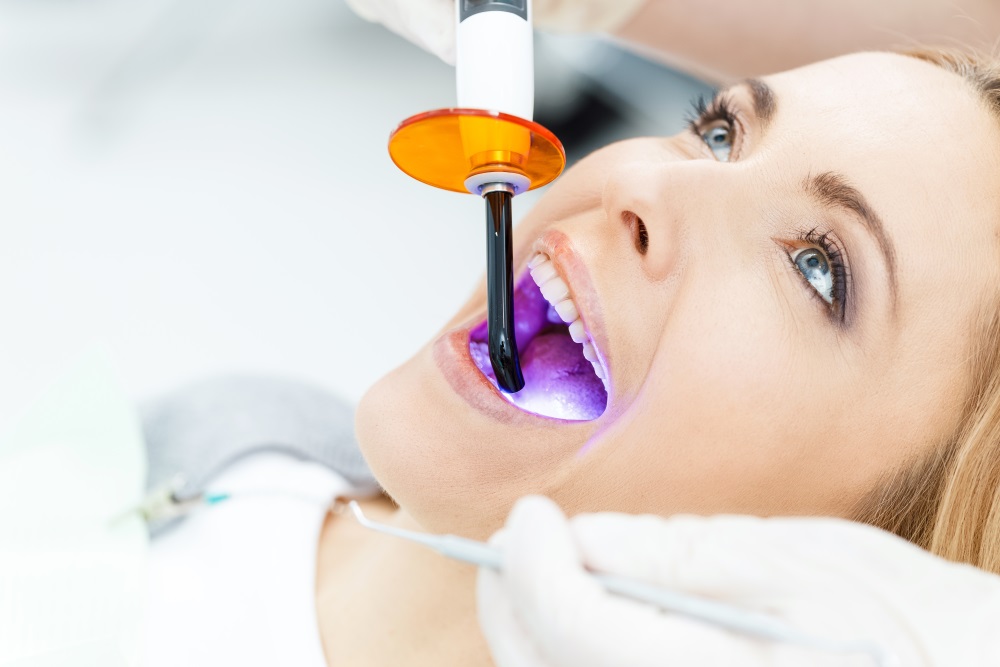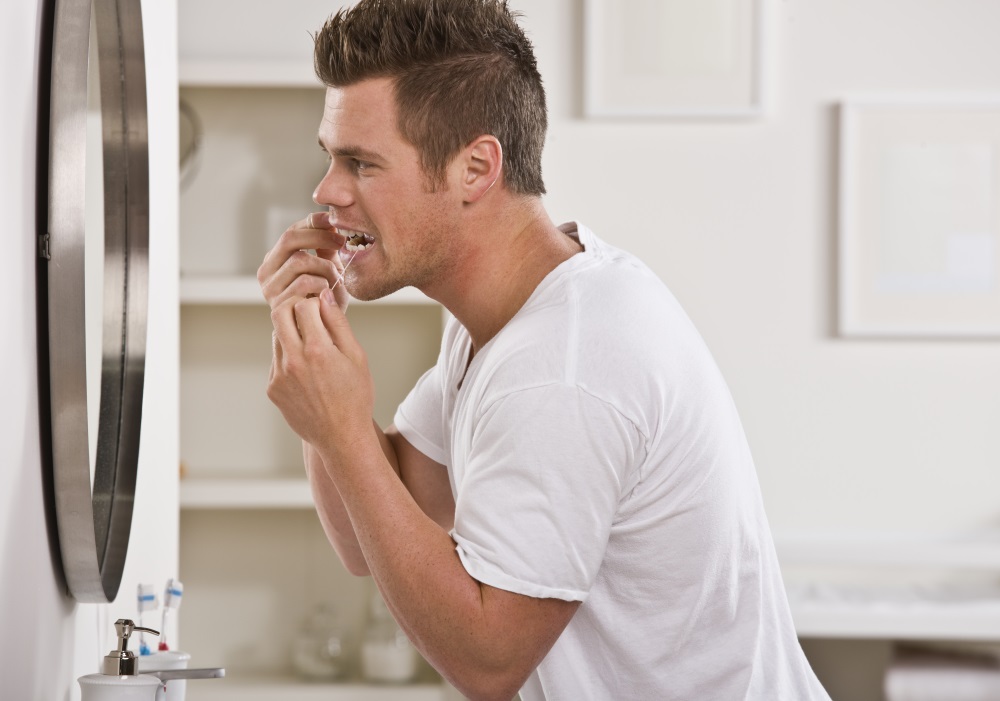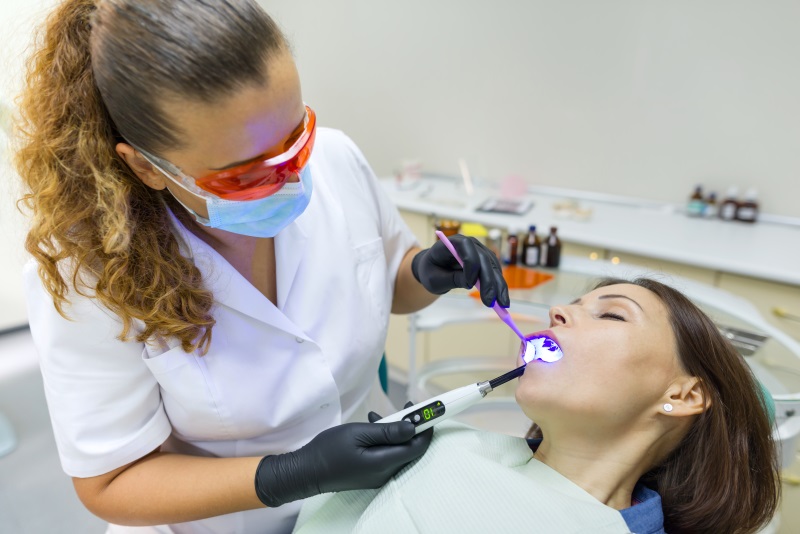Life these days calls for the multitasking. Whether you are parked waiting for a pickup and you quickly check your bank account or sending emails while in a waiting room, we are conditioned to maximize time and get as much done in a time efficient manner as possible.
Have you ever thought about ways to clean your teeth while completing other tasks? What if we told you there are ways to naturally brush your teeth while you ate lunch or dinner? I’m sure your fist inclination is to say, “no way.” You’re supposed to brush your teeth after eating, right? Well of course, but there are foods that due to their crunchiness or fiber content act as a natural tooth brush.
Raw fruits and vegetables are the most common example of food that scrub your teeth while you eat them, but what about meals? Is it possible to create dishes that boost oral health and fill your family’s bellies? We have a few suggestions below that will act both as a natural tooth brush as well offer a balanced an delicious meal.
Veggie stir fry
While Chinese take-out is a universal favorite, it is also full of sodium, sugar and other chemicals that can lead to tooth decay. The crunchiness of raw carrots and celery helps rid your teeth of build-up plaque. Instead of eating them raw, consider cutting them into thin strips and throwing them on the stove in a stir fry. This dish is great for when you need to clean out your refrigerator and get use up vegetables before the go bad. Throw everything in the pan together and cook with teriyaki or soy sauce. Pair the veggies with rice or noodles to complete the meal. This dish is a crowd favorite and will give your teeth a natural teeth brushing.
Besides, who doesn’t invite an excuse to eat stir fry?
Chicken salad
Homemade chicken salad is a simple dish to make if you’re expecting a large number of guests for lunch. To increase its tooth brushing qualities, add fresh apple and almonds. The water in apples combined with their crunchiness increases saliva production which helps to wash plaque and food articles from the teeth. Almonds, a high fiber and high protein food, are low in sugar and will help fill you up. This dynamic duo of almonds and apples will help build stronger and healthier teeth.
Pizza
I am sure the addition of pizza to the list is somewhat confusing on a list of healthy food options. However, if you top it with crunchy peppers and spinach your can turn this meal around. The crispness of peppers coupled by leafy greens will increase salvia production and help wash away food particle stuck in your teeth. Spinach, as well as cheese, is packed with protein which helps increase the enamel. Stronger enamel means healthier teeth that are more resistant to bad bacteria.
Edamame
If you are looking for a mouth-friendly appetizer when at a restaurant (or at home!), opt for edamame. This south-east Asian dish is an immature soy bean that you commonly dip in a soy sauce. To pop the bean out of the middle of the shell, involved place the whole bean in your mouth and slipping it through your teeth. Don’t let the complexity scare you. The sliding of the bean through your teeth will help dislodge food particles stuck along the gum line. Try this international dish next time you’re out!
By choosing the right dish, you can help build strong and healthy teeth. Crunchy, fibrous food act as a natural tooth brush, while protein and dairy rich options help strengthen the teeth and their enamel. While you may feel like you have brushed your teeth after these meals, it is important to remember they are not a substitute for the real thing!
The post The Natural Brushing Secret For Smiles and Smooches appeared first on Fort Worth Dentist | 7th Street District | H. Peter Ku, D.D.S. PA.






